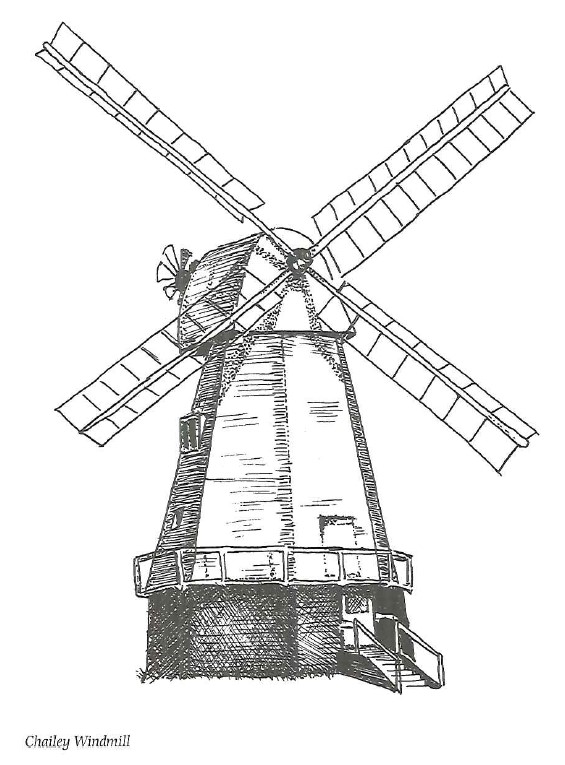Historians shake their heads firmly at the suggestion that Charles II rested at the manor house after his escape from Worcester and before embarking for the Continent from Shoreham. The tradition is a strong one, though, and one scribe cites a letter written to Sir William Burrell in 1780 relating how the fugitive King’s stalwart appearance ‘had such an effect upon the good woman of the house that her next child (a very fine boy) was said to be the picture of the King.’ It was another monarch who was given sanctuary here during the Second World War. He was the Emperor Haile Selassie of Ethiopia who lived for a time at Woodland Grange.
Seaside suburbia has not strangled a hamlet immortalised by Harrison Ainsworth in his novel Ovingdean Grange, where he writes glowingly about the charms of the part Saxon church. Not surprisingly, it is adorned like so many others by a window by Charles Eamer Kempe, whose family lived at Ovingdean and who was buried here in 1907.
